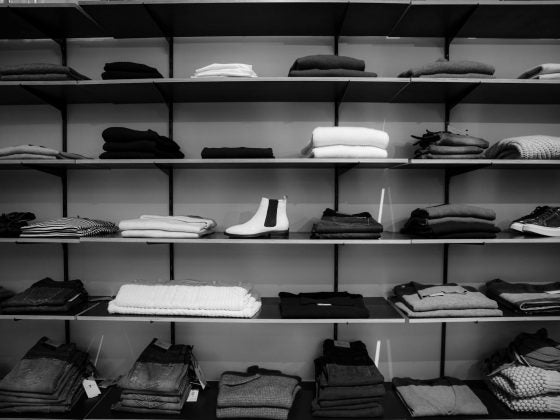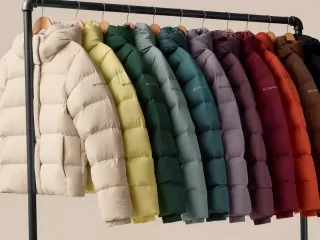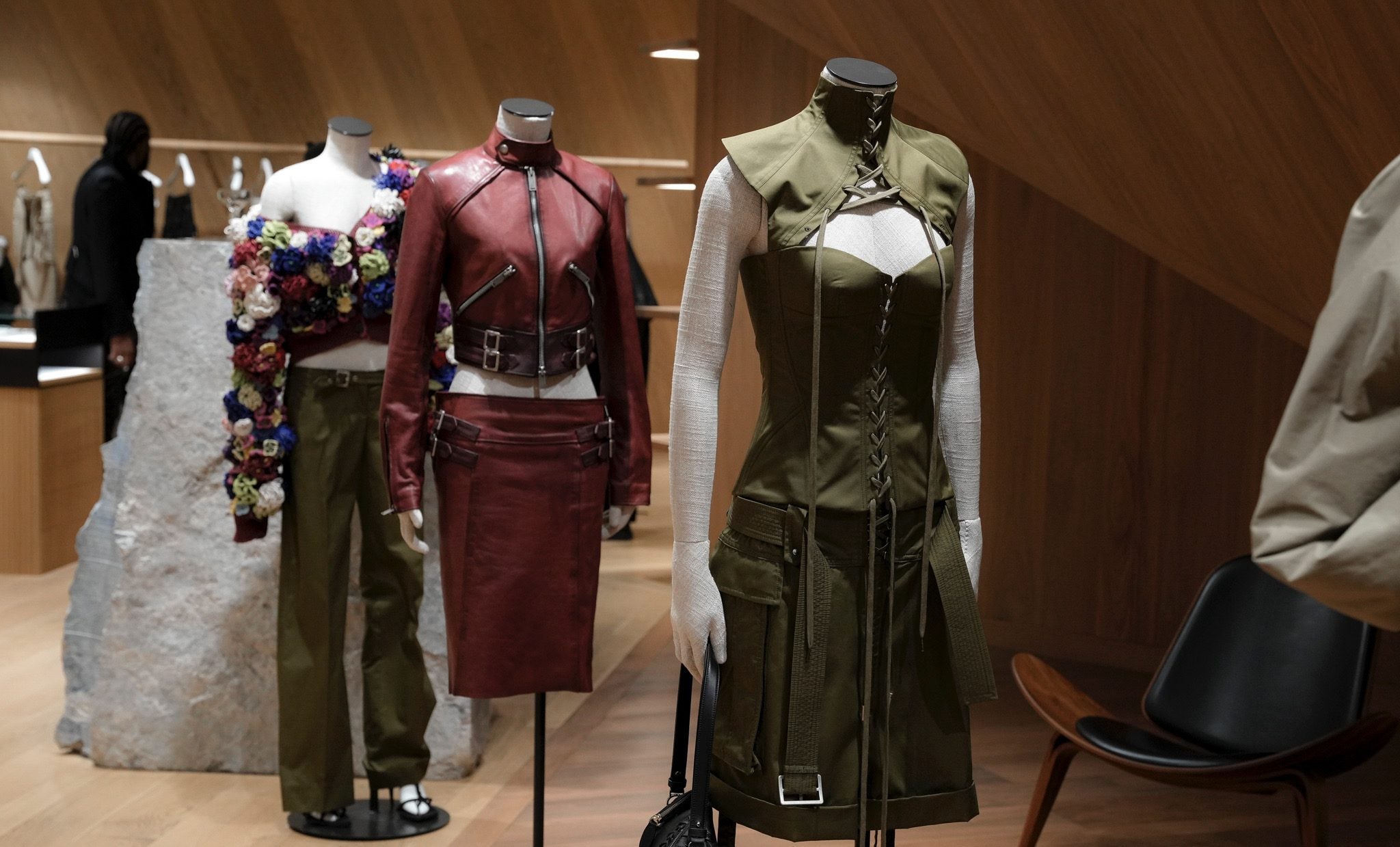Some things never go out of style.
Whether it is so well-crafted that it stands the test of time over centuries or something with a solid foundation that provides a broader range of versatility, allowing it to adapt to changing tastes, some aspects of culture become fixtures of it.
For example, it’s challenging to think about modern drama on stage or screen without considering the profound influence of a writer like William Shakespeare. Despite being over four hundred years old, Shakespeare’s work remains a pillar of modern culture, so works like Hamlet and Macbeth are deeply embedded in the zeitgeist. And yet, there was a time when no one knew the name William Shakespeare.
In this way, Shakespeare’s work has demonstrated itself to be truly timeless. It is so well-crafted that it has stood the test of centuries and has seen each generation take unique ownership of it. This is highly reminiscent of how men’s ties have become a timeless and quintessential fashion element. Although men’s ties have a history that spans four hundred years, they are still worn today, demonstrating both their timeless style and the flexibility of their design. Men’s ties remain a cornerstone of refined dressing, offering versatility, personality, and polish to formal and casual ensembles.
The Enduring Significance of Ties
Despite shifting dress codes, ties remain essential in business, weddings, and special events. Ties have a very formal and civilized connotation within modern society, and a substantial contributing factor to that is their storied tradition. Because ties date back so far and have become synonymous with men’s formal wear, an inherent association of elegance accompanies them.
In modern society, men’s ties symbolize confidence, attention to detail, and respect for the occasion.
Types of Men’s Ties and Their Uses
Several types of ties exist, each with unique specifications and societal perceptions. Standard neckties, knit, bow, and seven-fold ties are among the most popular choices.
Knowing which tie to wear based on the setting is paramount. Certain types are a better fit for a given event than others, based on whether the event is more business-oriented, casual, or celebratory.
For example, wearing a standard necktie to work would be entirely commonplace. However, many traditionalists would view wearing one on your wedding day as less favorable.
Material and Craftsmanship
Silk, wool, linen, and blends each offer unique textures and drapes. While the material that makes up a man’s tie may not be the first thing many people notice about it upon first impression, it gives a tie its substance and long-lasting quality.
The material a tie is made of will dictate how well it holds up to wear and tear. But beyond that, the quality of the tie’s materials will also play an integral role in determining whether it remains timeless or feels dated in a few years.
Artisanal production elevates quality and longevity more often than not. A well-crafted tie makes the wearer appear much more dapper in the moment and will hold up far better over time.
Modern Trends
In modern men’s fashion, there has been a marked return to minimalism, muted palettes, and textural accents in ties. This starkly contrasts with the late ’90s and early ’00s, which were characterized by increasingly garish designs. However, time has already proven unkind to these designs, which has helped to spur a return to much more subtle and understated work.
In this way, the world of ties and Shakespeare once again intersect. The ’90s saw Shakespeare adaptations such as Baz Luhrmann’s Romeo + Juliet, which was a much more garish production that transplanted the play to the modern day in hopes of resonating more with contemporary audiences. However, much like the ties of its day, the film now appears far more dated than several of the more classical versions of the story.
Investing in Timelessness
Timelessness is not a trait to be dismissed in storytelling and fashion. For a good reason, something has remained a vital part of culture for over four hundred years, as both Shakespeare’s work and men’s ties have. That dependable and disciplined work isn’t something to dismiss; it deserves recognition and careful nurturing for ongoing use.

















